Popular on Food52
10 Comments
Cindy M.
September 16, 2014
1 & 2 are wrong, mixed up. Anaheim is the bigger red one, although usually harvested green, and cayenne the very small ones. I have harvested over 150 already of poblano, anaheim, numex big jim, and have bushes of cayenne and Thai chilies still to go!
Dr.Insomnia
September 30, 2012
Too bad that you left out the New Mexico green chili. This pepper, once a relative of the Anaheim but now so fully bred into a variety of heat levels that leave it better regarded as a unique cultivar, is a staple, even ubiquitous and defining in New Mexico cuisine. It's on everything there, where common food items like chile cheese fries and chile dogs take on new life (and levels of heat).
The most famous variety, Hatch green chiles, out of Hatch, NM, have such an intense following that my local Whole Foods sells them by the case in season, over 1000 miles east of New Mexico.
It's definitely worth mentioning on a top ten list of peppers. Pro-tip: green chiles are almost always roasted, and the word chile does not refer to that meat stew in Texas, but rather an individual pepper or the resultant sauce made from the peppers. Hence, the variant chile cheese fries. And green chiles can be stuffed as rellenos, or put in just about every dish (in this house).
The most famous variety, Hatch green chiles, out of Hatch, NM, have such an intense following that my local Whole Foods sells them by the case in season, over 1000 miles east of New Mexico.
It's definitely worth mentioning on a top ten list of peppers. Pro-tip: green chiles are almost always roasted, and the word chile does not refer to that meat stew in Texas, but rather an individual pepper or the resultant sauce made from the peppers. Hence, the variant chile cheese fries. And green chiles can be stuffed as rellenos, or put in just about every dish (in this house).
Nozlee S.
October 1, 2012
This isn't a top ten list -- we featured every variety of pepper we could find at our local farmers' market on the day of the photoshoot! The New Mexico green chili is certainly an important one, but difficult to find locally in the New York area. Thanks for sharing your knowledge about it!
smslaw
September 29, 2012
With our short growing season in Maine, I grow Hungarfian Hot Wax peppers every year. They reliably ripen to red, going through light green, yellow, and orange. A very pretty pepper, about as hot as Jalapeno.
I'd always wondered about the striations. Thanks.
I'd always wondered about the striations. Thanks.
Lost_in_NYC
September 29, 2012
Love this story! Learned something new striations in peppers. I usually pass them up while shopping but not any more! Thank you :-)
Panfusine
September 28, 2012
Question: How does one distinguish between a Habanero & scotch bonnet? they look so similar?
Nozlee S.
September 28, 2012
That's a good question! They're both on the red-yellow spectrum, after all, but Scotch Bonnets are "squishier" and have more folds, and habaneros have a pointy tip at the very bottom.
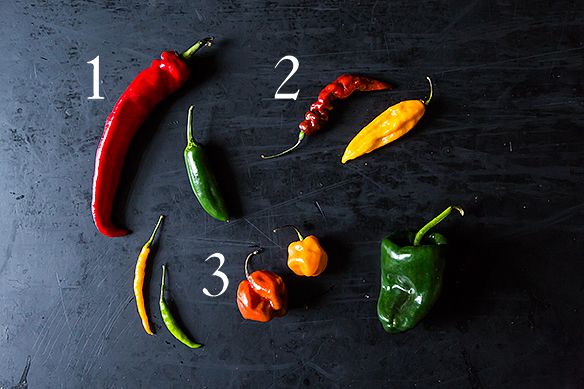
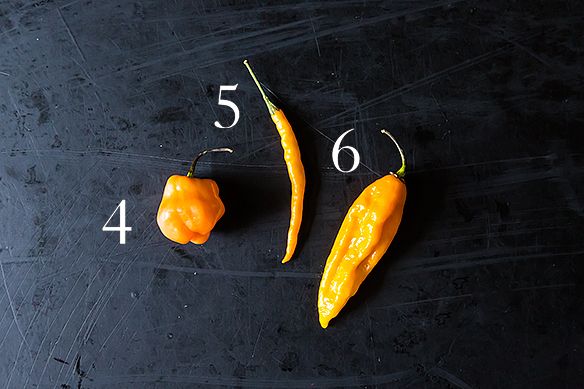
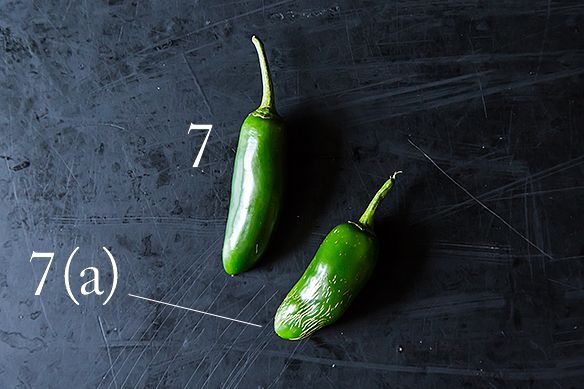

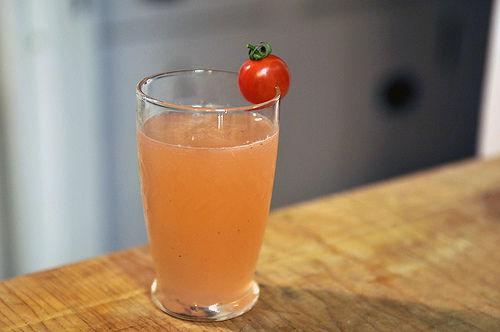
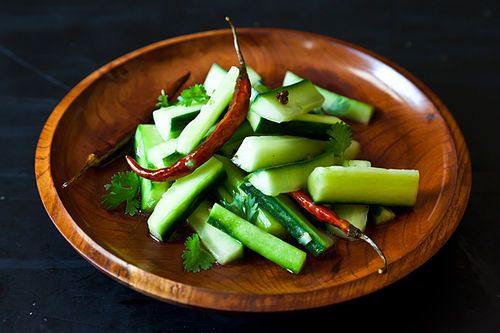
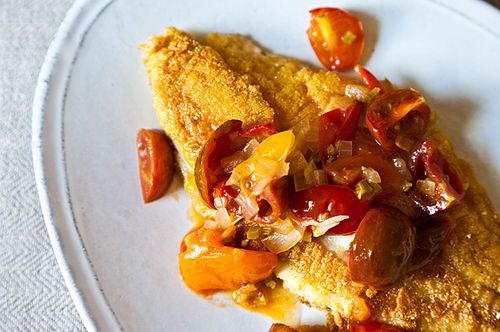

See what other Food52 readers are saying.